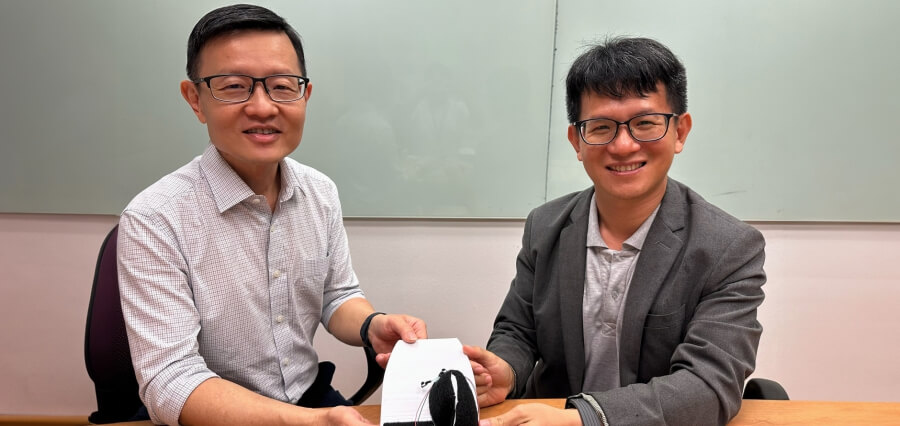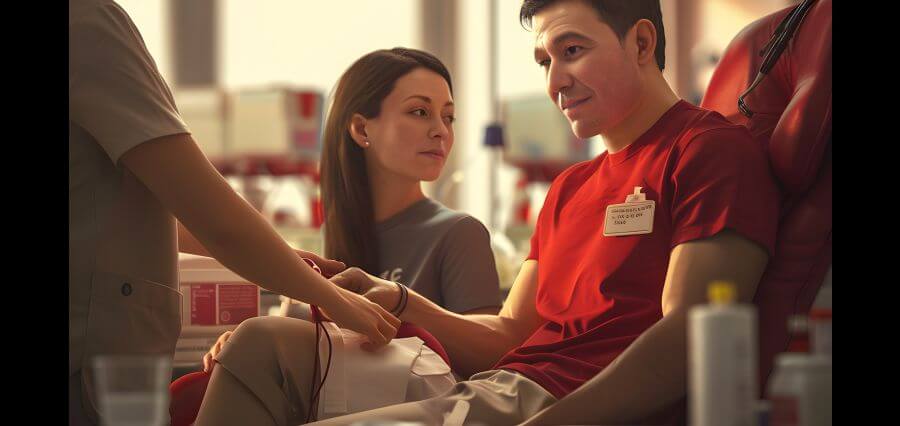Even in severe stages of their ailment, patients can continue using their smartphone and tablet because to the customizable device’s soft, thin, and flexible sensor.
Genetic alterations impede the synthesis of proteins required for the formation of healthy muscle in muscular dystrophy. Muscular dystrophy comes in various forms, but its hallmarks are usually increasing weakening and loss of muscle mass.
Over time, simple, daily tasks like using the phone might get harder and harder. Patients with muscular dystrophy will need to constantly adjust to their worsening condition because there is presently no known cure.
A research team from the NUS Institute for Health Innovation & Technology (iHealthtech) and the College of Design and Engineering set out to develop an assistive device to help patients with muscular dystrophy use smartphones and tablets even in advanced stages of the disease, with funding from SG Enable’s Enabling Lives Initiative Grant.
Following iterations of user testing and research including medical experts, physiotherapists, patients, and caregivers, the team developed a functional prototype that they named the FUNction Device.
A thin, flexible, and soft sensor is used in this gadget to convert even the smallest finger movements into software commands. It has an adjustable sensitivity level and is made to be as easy to use as a computer mouse.
The usage of many modern assistive devices, such touch-screen keyboards, glidepads, and computer mice, requires a significant degree of wrist, hand, and finger strength. Later stages of muscular dystrophy render these devices useless. The goal of the FUNction Device, according to Professor Lim Chwee Teck, Director of NUS iHealthtech, who oversaw the research team, is to offer an adjustable interface for a variety of computer operations that can be initiated by tiny finger motions.
“We also intend to develop gaming software to encourage the user to engage in exercise in order to track their functional strength,” he continued.
In order to further perfect the technology before commercializing it in Singapore, the team wants to recruit twenty more patients in addition to the seven they are presently working with to test the device. The group also intends to modify the gadget to accommodate users with neurological impairments and other neuromuscular diseases.
Read more: https://thecareworld.com/





